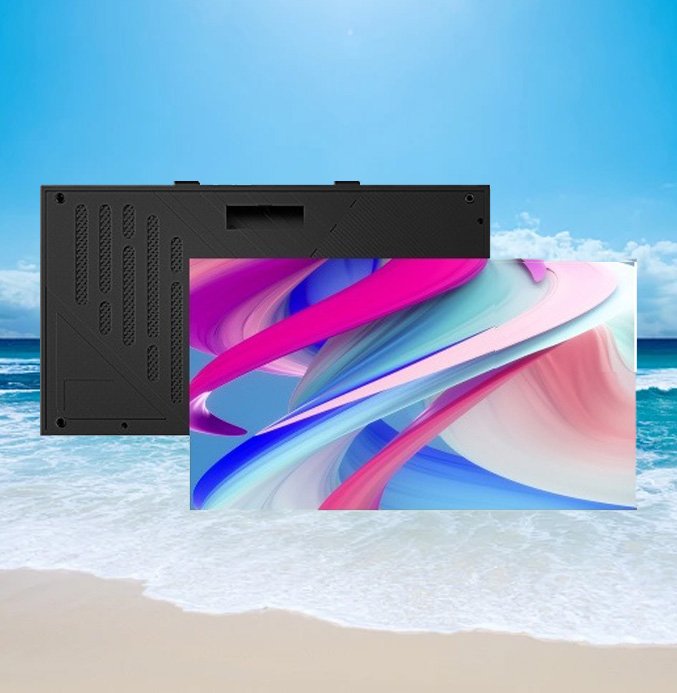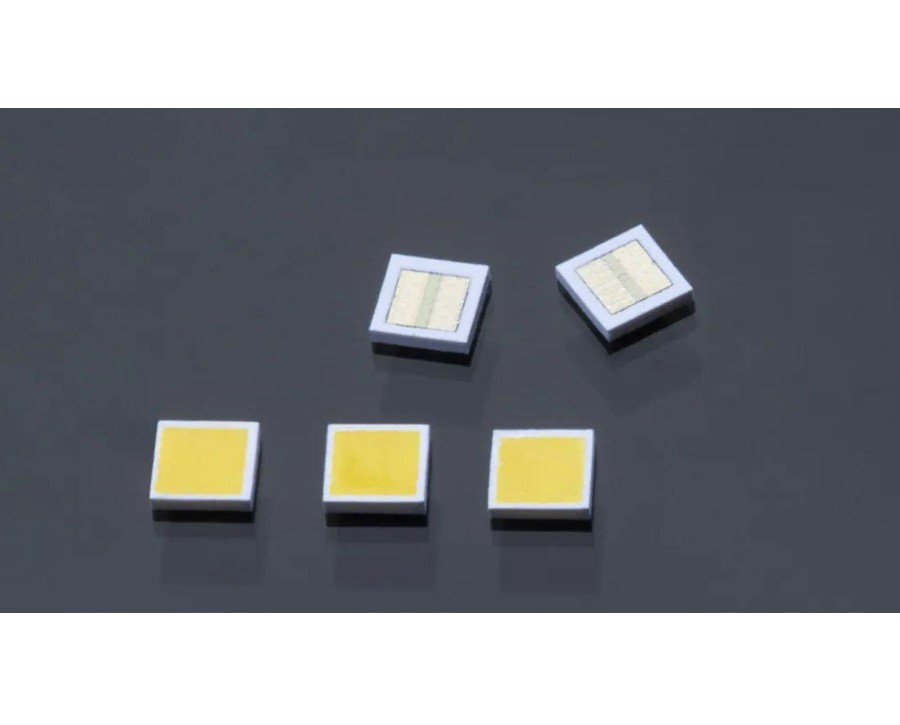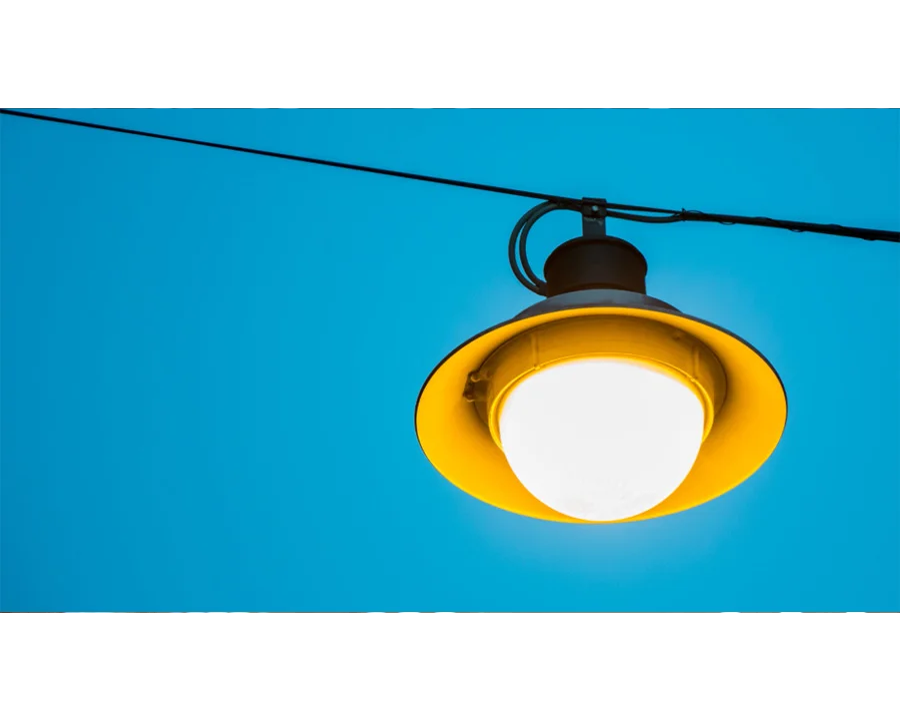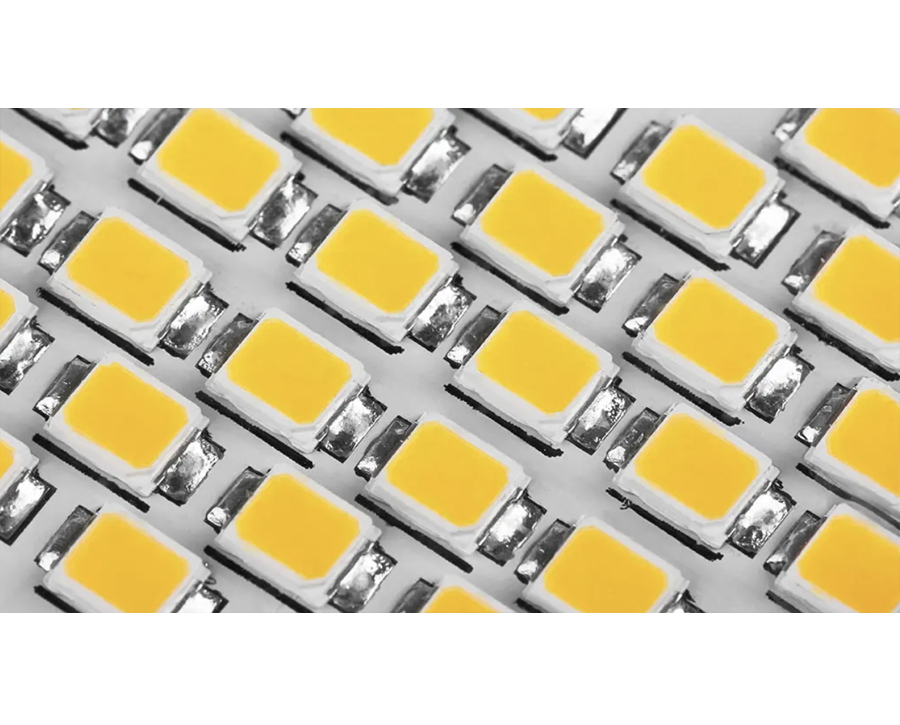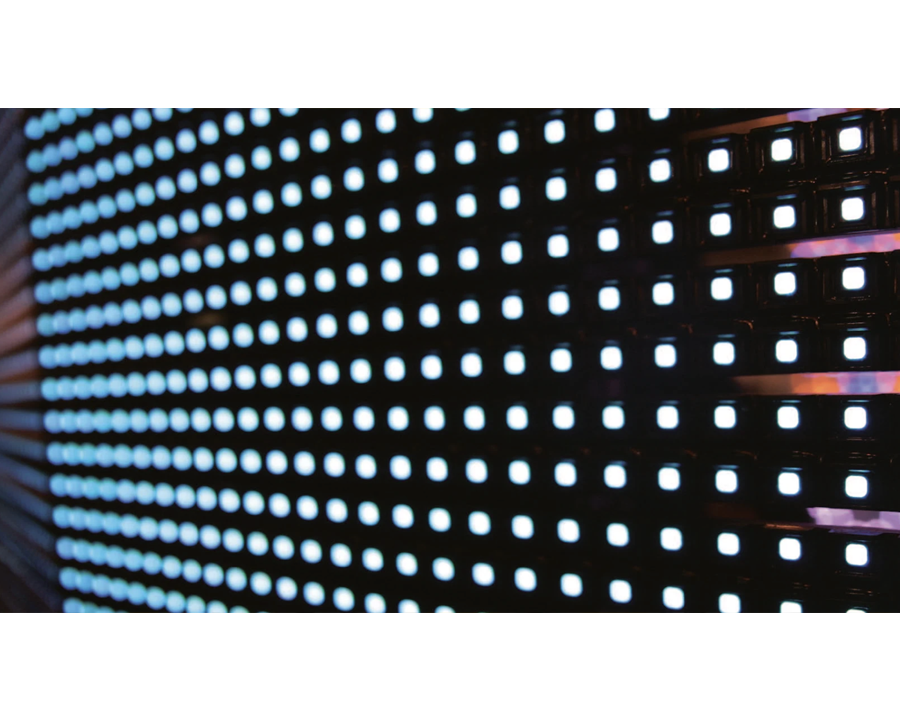
LED technology has advanced significantly, offering two popular choices: Chip on Board and Surface Mounted Device. Each has characteristics that make it fit for certain uses and not for others. It is therefore necessary to have certain knowledge about them and, in particular, about their differences, and their applications.
What Are COB LED And SMD LED?
COB LED and SMD LED are two new generations of LED lighting. Each is founded on different principles and planned with a view to achieving particular objectives.
COB technology stands for Chip on Board. It is an LED technology where one board has several LED chips within it. These chips make up a single light-emitting component. Chip on board LEDs provide fixed light and are relatively efficient for targeted illumination. Compactness results in high brightness and better thermal dissipation.
SMD means Surface Mounted Device. This type of LED has individual diodes on a circuit board hence it is referred to as an SMT LED. SMD LEDs are much smaller and more flexible than COB LED chip. They accommodate several colours and are very flexible to most designs. Every diode works individually which means more flexibility on the part of a user in terms of the brightness as well as color temperature differences.
LED chips are used in both technologies but the construction of the two technologies and their performance is quite different. Knowledge about their operations may assist you in arriving at the correct decision concerning the use of lighting.
Key Differences Between COB LED And SMD LED
There are distinctions in design and use of COB LED and SMD LED. Here is the comparison with reference to key factors.
- Brightness: It should be noted that chip COB LEDs have high brightness. They produce concentrated beams of light from a small source and hence are suitable for spotlight and floodlight applications. SMD LEDs offer moderate brightness as compared to other types of LEDs. They’re more appropriate for general and accent lighting.
- Energy Efficiency: COB LEDs chips are generally low power consumption while emitting more light than other conventional LEDs. SMD LEDs are also energy efficient and may consume slightly more power because of their flexibility and diode by diode operation.
- Size: COB LEDs panel are larger and are also comparatively heavier in size. This makes them suitable for applications that require a line of light but are not very compact in design. SMD LEDs are more compact and weigh less. Thus are useful in the slim and complex circuit applications.
- Heat Dissipation: The COB LEDs display are denser and produce more heat in comparison to the SMD LEDs and other COB LEDs. They need other forms of cooling systems such as heat sinks. SMD LEDs are less thermal resistant than COB LEDs screen due to the better distribution of heat in SMDs, which does not require more sophisticated cooling systems.
- Lifespan: Both technologies are characterized by long service life but SMD LEDs have longer service life. Due to their lower heat generation, the operating stress. Hence the wear and tear on the components are also lower.
Applications of COB LED and SMD LED
Every type of LED technology is good for something, meaning that one cannot be used to do the job of the other.
As it is clearly described Chip on board technology LEDs are suitable for those tasks which need a strong and concentrated light. They are applied in spotlights, floodlights and high bay lighting in the warehouse and factory. Because they are bright and uniform, their use is popular among professional photographers and stage performances.
SMD LEDs are more versatile. They are widely applied in residential lighting, including ceiling lamps, desk lamps and under-cabinet lamps. Due to the fact that they can produce multiple colors they are used in decorative lighting for occasions and building designs. Also, SMD LEDs are applied in car lights and electronic signs.
Although COB chip on board LEDs are optimal for high output situations. SMD LEDs are considered the versatile and flexible LED light source.
Merits and Demerits of COB LED Technology
As much as they may be called COB LEDs. They have some merits that make them enjoy some advantages.
Their main advantage includes high luminosity. They give out clean and consistent light from a single module. A feature that makes them eliminate the need for having many LED sources. This makes them energy efficient and cost effective in high output operations.
The other advantage is that most of them are small in size. Nonetheless, COB LEDs are somewhat smaller compared to other Chip on board COBs and fairly easy to install. They also do not corrode easily and can stand tough conditions.
But COB display LEDs have disadvantages. It is noteworthy that heating is a critical issue. Their design is more compact which gives rise to more heat. Therefore, more cooling systems are needed. Heat buildup can be a problem, which will cut down on the lifespan of the devices.
Also, COB LEDs are less flexible. SMD LED’s are more versatile than COB LEDs and they are available in a limited number of colors. This makes them unsuitable for use in places where there is need for different or changeable lighting conditions.
Merits And Demerits of SMD LED
SMD LEDs are preferable in many ways.
The main advantage of their implementation is flexibility. SMD LEDs are able to emit various colours and can also be operated at varying intensities to suit different purposes. They come in a compact size and are ideal for complex and small applications.
SMD LEDs also consume less power and are also more durable than other conventional types of LEDs. They are less likely to produce high heat leading to destruction and requiring complex cooling systems.
However SMD LEDs also have their own disadvantages. They are not as bright as COB LEDs and therefore can not be used in high output applications. Their individual diode operation can also raise power consumption slightly particularly if many diodes are utilized in unison.
However, SMD LEDs are widely used in decorative and ambient lighting applications because of their space advantage and energy-saving.
COB LED vs SMD LED: Cost Comparison
The price range of CoB LED vs regular LED depends on its application and the installation demands of the LED lights.
COB LEDs are sometimes more expensive than other LEDs in their initial purchase. They are costly to produce and to buy due to their higher technology and high intensity of brightness. But this is usually compensated for by their efficiency as energy-saving devices and durability.
SMD LEDs are usually cheaper as compared to other types of LEDs. Smaller size and less complex structure imply lower costs of production. It is also less complicated to install which may help minimize labour costs. But their minor energy efficiency difference may lead to increased operating expenses in the long run.
Some factors that could be used in defining the decision include; cost of the device, the cost of installing it and the cost of electricity consumed by the device. Select the technology that you think is most suitable for your budget and lighting requirements.
Selecting the Correct LED Technology for Your Application
It depends on one’s preference. The need for the LED and the application that you intend to use the LED for.
If you require high and narrow light output. Then, what is CoB LED, COB LEDs are the most suitable for your needs. They are mainly used in industrial lighting, professional photography and stage arrangements. They are able to produce high brightness and have uniformity of output which makes them fit in demanding applications.
In case a more versatile and creative light setup is desired, it is better to go with SMD LEDs. These are ideal for use in homes, decorative and automobiles. They are flexible and come in different colors giving you the flexibility to set lighting that you desire.
It can also mean energy efficiency as the goal of heating is often to optimize the usage of energy resources. COB LEDs are more appropriate in high output applications while SMD LEDs are ideal in low to moderate energy applications.
Budget is also important. Although COB LEDs may have initial costs more than other LED packages. They are cost-effective in the long run. SMD LEDs are less expensive at the onset. Therefore, ideal for use in small-scale projects.
Conclusion
COB and SMD LEDs are each used for different applications because each has its own advantages. You can also assess the requirements that you would have and make a good decision. Select the best LED technology that should improve your lighting experience in the year 2025.

Enter the digital world with our advanced display technologies.


